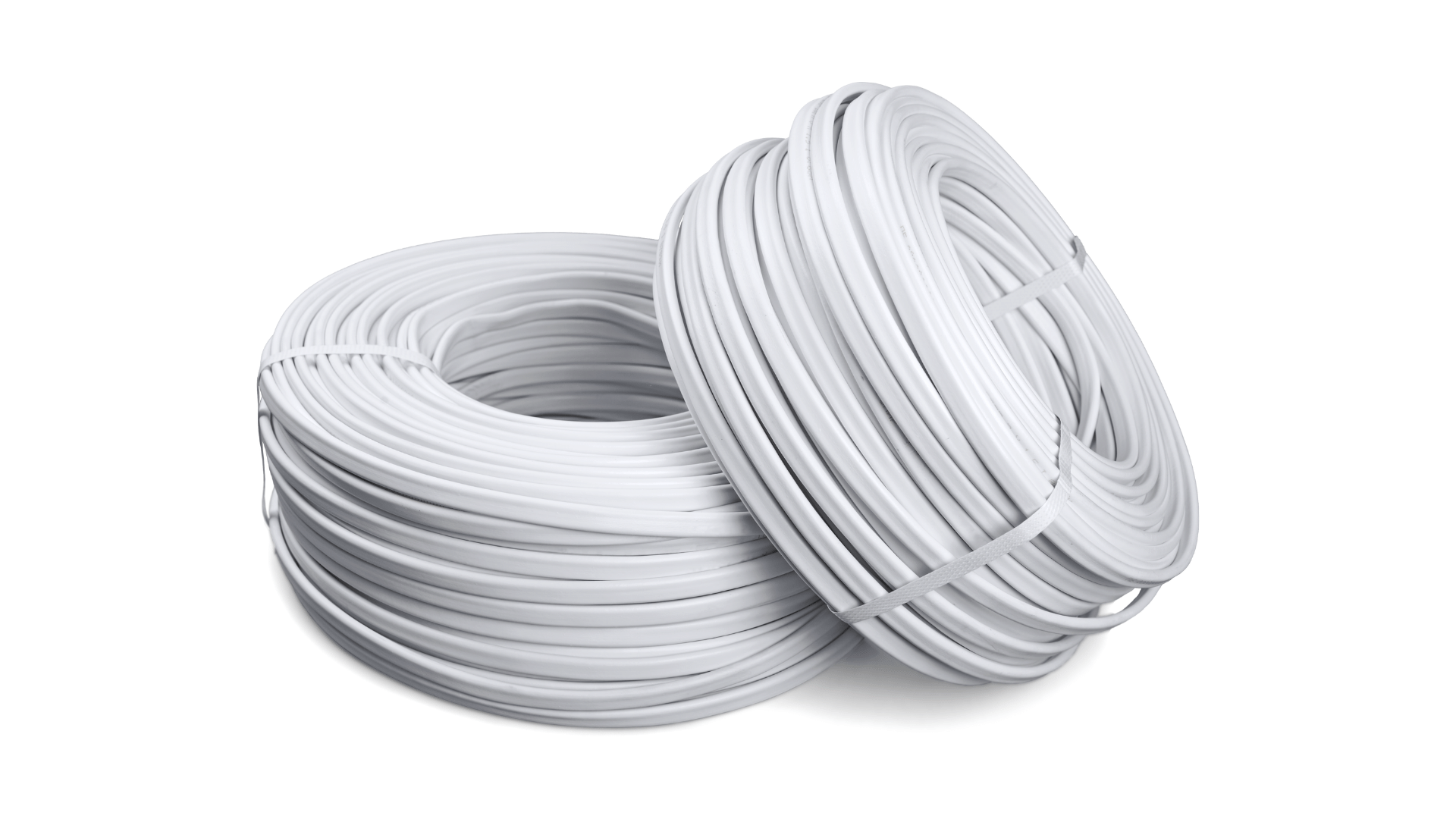The electrical system in your home comprises a series of cables that carry currents of electricity to different appliances and fixtures. Each cable has a voltage limit, with thicker wires generally carrying more voltage than thinner cables. Within each cable are three cores of copper wires coated with insulated plastic. These cores are wrapped together within the cable by another layer of rigid, insulated plastic.
The different colours of the insulation on the cores indicate their purpose – neutral (blue), live (brown), or earth (green and yellow) – and this helps to ensure that the current travels safely through the system without causing any damage. Understanding your home’s electrical system can help protect your family from potential hazards.

What size cables should you use?
When it comes to electrical safety, there are no shortcuts. Using the wrong type or size of cable can put your home at risk of an electrical fire. For example, if a cable has a max load of 100V and you try to send 240V through it, the heat generated can cause the insulation to break down, leading to a dangerous spark. Similarly, using a smaller gauge cable than recommended can also result in overheating and fires. That’s why using the correct wires for your electrical needs is essential. Not only will it help to keep your home safe, but it will also ensure that your appliances can function correctly.
Wondering what lighting circuit cable size to use? Electrical cabling comes in various sizes, each designed for a specific purpose. 2.5mm cable is typically used for behind sockets, while the cable size for lighting is 1-1.5mm (depending on how many lights are in a circuit). The different sizes of cables allow for varying levels of current to be carried, and the wires’ insulation helps prevent electrocution. While electrical cabling is not always visible, it plays an essential role in keeping our homes safe and running smoothly.
If you are planning to install an outside light, you will need to use a Steel Wired Armoured (SWA) cable, which needs to be appropriately secured and buried underground.
Conclusion
It is essential to use the appropriate size cable for your electrical needs to prevent fires and ensure that your appliances can function correctly. SWA cables are necessary for outdoor lighting, and all wires should be appropriately secured and buried underground. With a bit of knowledge about electrical safety, you can help keep your home safe for you and your family. However, it is always best to consult a qualified electrician if you are in doubt.
FAQs
You can use 2.5mm wire for lighting. However, 2.5mm is thicker, less flexible, and more expensive. The standard cables for lighting are 1.5mm.
If you need to know what size cable is for domestic lighting, it’s essential to understand that the answer will change depending on the number of lights in the loop. But with LED lights reducing power demands or a low number of lights, you’ll be OK with 1.5mm cables.
Yes. Lighting cable size UK recommends 1.5mm cables for most lighting circuits. If you have fewer lights or are using LED bulbs, you may get away with a 1mm cable. Just be sure your lighting circuit cable can support the number of lights you intend to run.
1.5 mm2 is typically used for lighting cable circuits.
Leave a Reply